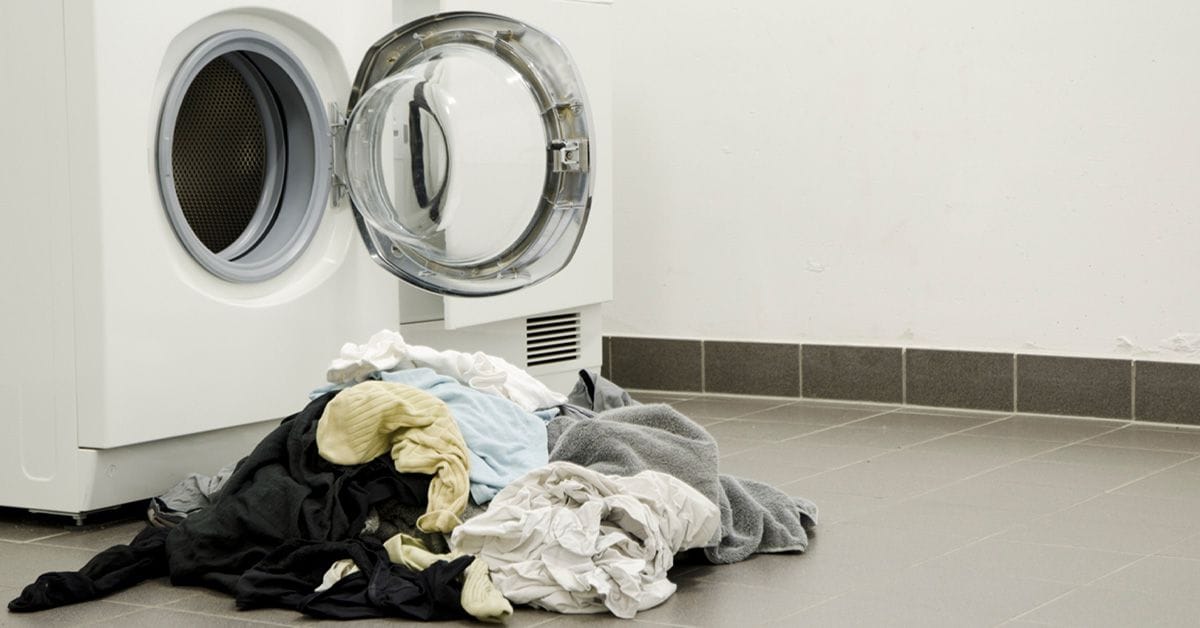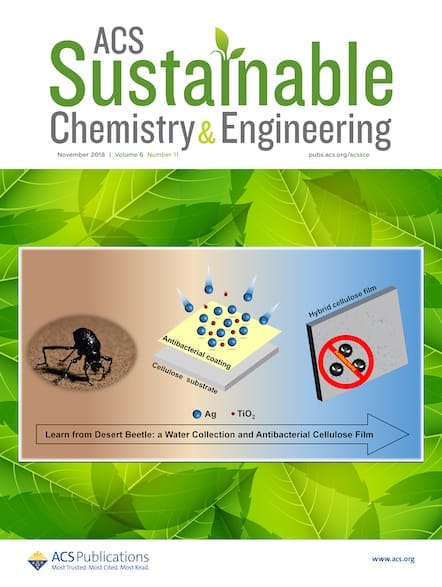A new study shows that high-intensity blue LED light can safely and sustainably erase yellowing from textiles, offering a more sustainable alternative to traditional bleaching methods.

Yellowing stains are a common yet stubborn challenge for fabrics. From sweat and sebum to food and environmental contaminants,1 these compounds build up over time, leaving clothing and textiles discolored and unsightly.2 Traditional bleaching methods such as hydrogen peroxide treatments or UV light exposure can fade stains but often come with tradeoffs: harsh chemicals, fiber damage, or even the creation of new discolorations.
Globally, only 15% of textiles are recycled, with an estimated 92 million tons finding their way into landfill every year—and many pieces of clothing are worn fewer than 10 times before being tossed away.3 While it's hard to say what proportion of that staggering waste stems from staining versus fast fashion habits, restoring discolored garments such as yellowed t-shirts could significantly extend their lifespan and reduce premature disposal.
Turning light into a cleaner
A research team in Japan set out to explore a different path to yellow stain removal. They wanted to see if a common, sustainable light source—blue LEDs—could provide a gentler and more effective way to restore fabrics.
Their study, published in ACS Sustainable Chemistry & Engineering, focused on high-intensity blue light (445 nm) paired with oxygen. In the lab, the team applied this light to yellowing compounds commonly found in stains, including carotenoids, squalene, lycopene, and antioxidant byproducts. Under irradiation, these molecules broke apart into colorless products such as aldehydes and carboxylic acids. They noted that this transformation only occurred in the presence of oxygen, revealing that oxidative decomposition was critical to the process.
Testing on fabrics
Compared to hydrogen peroxide baths and UV light treatments, the blue LED method proved both more effective and gentler on fabrics. When applied to cotton, polyester, and even delicate silk, the blue light treatment significantly reduced yellow discoloration. The fabrics also retained their strength and appearance, showing none of the weakening or fiber damage often seen with chemical bleaching. And because this light-driven process works without added chemicals, heat, or solvents, it offers an eco-conscious alternative to conventional bleaching.
What comes next?
The researchers hope to continue refining the efficiency of the irradiation system and study how well the process works across a wider range of stains and textiles. They also plan to assess long-term durability, environmental safety, and consumer readiness. If successful, this method could one day find a place in industrial laundry services—or even in household cleaning—offering a cleaner, greener way to remove stains and keep our fabrics looking fresh.
Explore more articles on innovative textile solutions in ACS journals
Self-Cleaning Textiles for Publicly Shared Soft Surfaces: An Accessible and Scalable Photocatalytic Polyester System with Embedded Light-Emitting Diodes
Aditi Maheshwari*, Fiona Bell, Eric Gallo, Mihai Ibanescu, Emily Robertson, Charlotte Fairless, Francis Logan, Mary Jane Schmuhl, Henry Cheung, Michael Rein, Andreea Danielescu, and Mirela Alistar
DOI: 10.1021/acsomega.4c09837
Liposomes and Magnetic Liposomes: A Dual Strategy for Eco-Friendly Wool Dyeing
Elena Allegritti*, Cristiana Palumbo, Vincenzo Lombardi, Akcan Istif, Sara Battista, Barbara Cravello, and Luisa Giansanti*
DOI: 10.1021/acssuschemeng.5c03225
Facile Preparation of a Stable Superhydrophobic Cotton Fabric with Anti-icing and Wear Resistance
Xiaomei Wang, Longpeng Zhou, Xiao Xue, Nana Chen, Yuchen Li, Fei Yan, and Hongtao Liu*
DOI: 10.1021/acsaenm.5c00024
Biocompatible Hyaluronic Acid-Stabilized Copper Nanoparticles for the Selective Oxidation of Morin Dye by H2O2
M. Deniz Yilmaz*, Safaa Altves, Aliye Beyza Ozcelik, and Sundus Erbas-Cakmak*
DOI: 10.1021/acsomega.5c00769
Advancements in Antimicrobial Textiles: Fabrication, Mechanisms of Action, and Applications
Jonathan Tersur Orasugh, Lesego Tabea Temane, Sreejarani Kesavan Pillai, and Suprakas Sinha Ray*
DOI: 10.1021/acsomega.4c11356
References
- https://www.cottoninc.com/wp-content/uploads/2017/12/ISP-1002-Overview-of-Fabric-Yellowing.pdf
- Guo, M. et al. Understanding Fabric Yellowing: Insights into Microbial Interactions and Human Secretions. ACS Sustainable Chem. Eng. 2025, 13, 34, 13887–13896.
- https://www.environmentenergyleader.com/stories/85-of-clothes-discarded-annually-a-wake-up-call-for-fashions-waste-crisis,60850
